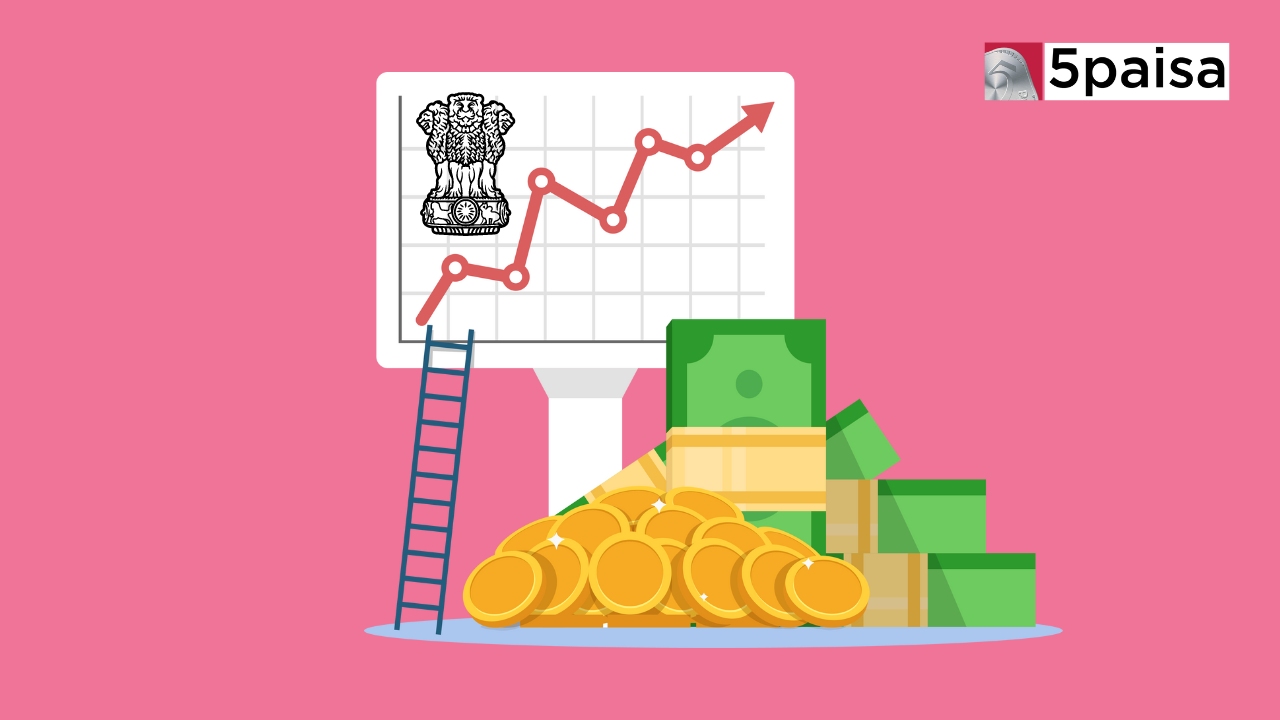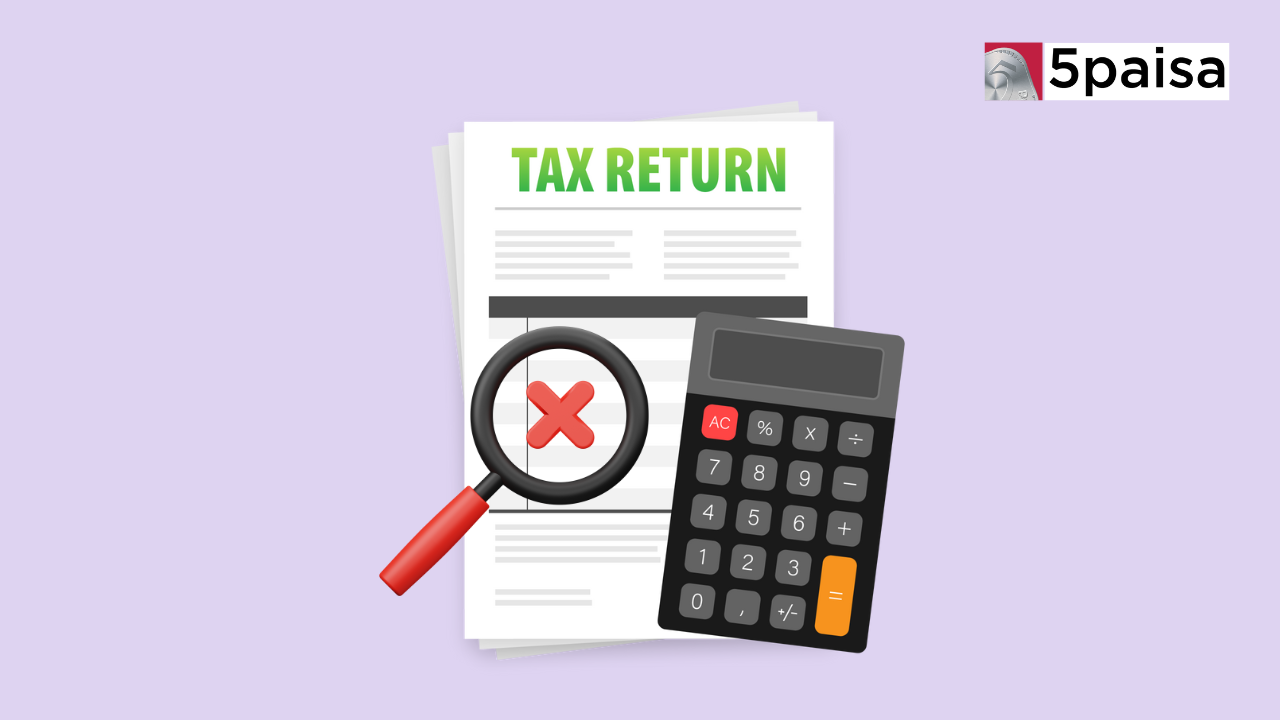How to Register a UPI Complaint Online?
Best Investment Options in India

Last Updated: 16th May 2024 - 06:32 pm
Best Investment Options in India 2024 will cater to a broad range of investment types, each looking to strike the right balance between risk and return. As the Indian economy shows resilience and growth potential, intelligent investors constantly explore new business paths to maximize their wealth creation possibilities. This thorough piece aims to list of Best Investment Options in India 2024, provide an in-depth review of the top investment plans available in India for 2024, divided by risk profiles, enabling investors to make informed choices and manage complex financial markets confidently.
What is A Low-Risk Investment?
A smaller potential usually marks low-risk investments for significant cash returns but offers excellent safety and security for an investor's principal investment. These choices are ideal for individuals with a lower risk tolerance or those looking to protect their capital while creating small profits. Some key traits of low-risk purchases include:
● Capital preservation: The primary goal is to shield the spent capital from significant losses, ensuring the safety of an investor's principal investment.
● Stable returns: Low-risk investments generally offer reliable and regular returns, albeit lower than higher-risk choices, giving a steady stream of income or small growth.
● Liquidity: Many low-risk investments offer high liquidity, allowing investors to reach their funds relatively easily when needed, improving financial freedom.
● Low volatility: These investments are less subject to market changes, providing security and safety for investors seeking a better investment trip.
● Diversification: Low-risk investments can serve as a diversification tool within a more significant investment plan, helping to reduce total risk.
● Suitable for short-term goals: Low-risk choices are often ideal for short-term financial aims or as a parking ground for funds, allowing buyers to meet their immediate or near-term financial needs.
● Guaranteed returns: Certain low-risk investments, such as fixed accounts or government bonds, may offer guaranteed returns, providing buyers security and stability.
● Risk mitigation: Low-risk investments play a crucial role in reducing the overall risk in an investment portfolio, acting as a calming force amid market instability.
Here are A Few Low-Risk Best Investment Options in India
● Fixed Deposits (FDs): Offered by banks and financial institutions, fixed deposits provide a sure rate of return over a set time, making them a popular low-risk investment choice.
● Government Bonds: Issued by the national or state governments, bonds are considered low-risk investments due to the seller's trustworthiness and provide a set interest rate over the bond's term.
● Recurring Deposits (RDs): Similar to fixed deposits, recurring deposits involve spending a set amount regularly, allowing investors to build savings while making interest.
● Liquid Funds: These are open-ended debt mutual funds that invest in highly liquid, short-term instruments, offering buyers easy entry to their funds while earning small profits.
● Debt Mutual Funds: In debt assets like bonds and fixed-income stocks, debt mutual funds aim to provide stable results with relatively low risk.
● Post Office Savings Schemes: Offered by the Indian Postal Service, these schemes, such as the Public Provident Fund (PPF) and National Savings Certificates (NSCs), provide reasonable interest rates and tax perks, making them popular low-risk investment choices.
● Bank Savings Accounts: While offering relatively low returns, savings accounts with banks provide easy access to funds and serve as a safe place for parking short-term investments or emergency funds.
● Public Provident Fund (PPF): A long-term savings plan backed by the government, the PPF offers tax benefits, increasing returns, and a slightly higher interest rate than other low-risk choices.
What is A Medium-Risk Investment?
Medium-risk investments strike a mix between possible profits and related risks. These choices offer higher returns than low-risk investing but also carry a moderate amount of risk. Medium-risk options usually benefit buyers with a tolerable risk tolerance and longer investment horizons. Some key traits of medium-risk trades include:
● Potential for capital appreciation: Medium-risk investments offer the chance for capital growth over time, possibly allowing investors to grow their wealth through smart investment decisions.
● Moderate volatility: These investments may experience mild changes in value due to market conditions, needing buyers to have a particular risk tolerance.
● Diversification benefits: Investing in a range of medium-risk assets can provide diversification benefits to a portfolio, helping to reduce total risk and improve profits.
● Longer investment horizons: Medium-risk investments often wait longer to achieve their full potential, allowing investors to ride out market swings and gain from compounding effects.
● Balanced risk-return profile: These investments aim to give returns commensurate with the risk taken, striking a balance between growth potential and risk management.
● Active management: Some medium-risk choices, such as actively managed mutual funds, involve professional management to handle market conditions and make informed investment decisions.
● Suitable for long-term goals: Medium-risk investments can be appropriate for long-term financial aims like retirement planning or school funding, where buyers have the time frame to weather market swings.
● A blend of growth and income: Certain medium-risk investments may offer a blend of capital gain and regular income, providing investors with the dual benefits of wealth building and cash flow.
Here Are A Few Medium-Risk Best Investment Options in India
● Equity Mutual Funds: Investing in a diverse collection of stocks, equity mutual funds aim to create capital growth over the long term while controlling risk through professional management and diversity.
● Balanced Mutual Funds: These funds deal in a mix of stock and loan products, exposing buyers to both growth prospects and stable income.
● Corporate Bonds: Issued by companies, corporate bonds offer higher interest rates than government bonds but carry a higher amount of risk based on the stability of the seller.
● Real Estate Investment Trusts (REITs): REITs invest in income-generating real estate assets, giving owners exposure to the real estate market and the possibility for capital growth and regular income payments.
● Exchange-Traded Funds (ETFs): ETFs are investment funds that track the performance of specific indices, sectors, or asset classes, giving investors diversity and the potential for growth while dealing like stocks on markets.
● National Pension System (NPS): A government-backed pension plan, NPS allows users to pay towards their retirement fund while gaining from market-linked returns and tax benefits.
● Unit-Linked Insurance Plans (ULIPs): ULIPs mix investment and insurance, giving clients the possibility for capital growth through exposure to stock and debt markets and life insurance coverage.
● Dividend-paying Stocks: Companies with a steady track record of paying dividends can provide investors with regular income and the potential for capital growth, making them a medium-risk investment choice.
What is A High-Risk Investment?
High-risk investments are marked by their ability to create big profits but also carry higher risk and uncertainty. These choices are usually suitable for investors with a higher risk tolerance, longer financial horizons, and the ability to withstand significant market swings. Some key features of high-risk trades include:
● Potential for significant capital appreciation: High-risk investments offer the possibility of substantial capital gains over time, allowing investors to achieve considerable wealth growth.
● High volatility: These investments are subject to significant price changes, which can result in big gains or losses, requiring buyers to have a substantial risk stomach.
● Specialized knowledge and research: High-risk investments often require specialized expertise and thorough research to make informed choices, as they may involve complex financial tools or new markets.
● Longer investment horizons: High-risk options usually require a longer waiting time to achieve their full potential and ride out market cycles, requiring patience and a long-term view from investors.
● High potential returns: The higher level of risk connected with these investments is usually offset by the potential for higher returns, giving investors the chance to make outsized gains.
● Diversification issues: High-risk investments may pose challenges in portfolio diversification due to their focused nature, requiring careful thought and risk management strategies.
● Active tracking: These investments require active monitoring and may necessitate frequent changes based on market conditions, demanding a hands-on approach from investors.
● Risk tolerance: High-risk investments are ideal only for investors with a high-risk tolerance and the ability to withstand substantial losses, as the possibility for significant gains is also followed by the risk of substantial losses.
Here Are A Few High-Risk Best Investment Options in India 2024
● Cryptocurrencies: Digital or virtual currencies like Bitcoin and Ethereum work on independent blockchain technology, giving investors the potential for substantial returns and bringing significant instability and governmental risks.
● Startup Investments: Investing in early-stage or startup companies can allow investors to benefit from new ideas and disruptive business models. However, these investments are naturally risky, with a high failure rate among startups.
● Commodity Trading: Investing in commodities like gold, oil, or farm goods can offer diversification benefits and the potential for significant gains, but commodity markets are known for their instability and sensitivity to global supply and demand factors.
● Options Trading: Options contracts give buyers the right, but not the responsibility, to buy or sell an underlying object at a fixed price and date. While options trading can be a vital tool for experienced investors, it also brings a high level of risk and takes a deep understanding of market trends.
● Venture Capital Funds: These funds invest in early-stage companies with high growth potential, giving investors the chance to share in the success of new businesses but with a higher level of risk and illiquidity.
● Peer-to-Peer (P2P) loan: P2P loan sites connect users directly with individual lenders, avoiding established financial institutions. While offering higher yields, P2P lending carries financial risk and may lack the legal control of traditional loan institutions.
● Forex selling: The foreign exchange (forex) market involves trading currencies, giving buyers the potential for substantial gains due to the high volume and volatility of the market, but also having significant risks, including leverage and market uncertainty.
● Speculative Stocks: Investing in speculative or high-risk stocks, such as those of companies with unknown business plans or in developing sectors, can yield substantial returns, but these investments are hazardous and carry a heightened risk of significant losses.
Conclusion
As the Indian financial environment continues to change, investors in 2024 will be presented with various investment choices catering to multiple risk types and investment goals. From low-risk investments that favour capital protection to high-risk projects offering substantial growth potential, the choice ultimately depends on individual risk tolerance, investment goals, and financial objectives. By carefully considering these choices and building a well-diversified portfolio, investors can confidently handle the market's difficulties and achieve their long-term financial goals.
It is crucial to remember that while high-risk options offer the potential for hefty profits, they also carry a higher level of risk and instability. Investors should consider their risk tolerance, business goals, and general financial situation before giving funds to high-risk choices. Seeking professional guidance and performing detailed research can aid in making informed choices that fit with individual financial goals and risk profiles.
Frequently Asked Questions
Are bonds a good option right now?
Where to put Rs. 5 lakhs?
Which option has the best returns?
Where should I put money for the best returns?
- Flat ₹20 Brokerage
- Next-gen Trading
- Advance Charting
- Actionable Ideas
Trending on 5paisa
Personal Finance Related Articles
Disclaimer: Investment in securities market are subject to market risks, read all the related documents carefully before investing. For detailed disclaimer please Click here.
 5paisa Research Team
5paisa Research Team
 Sachin Gupta
Sachin Gupta




